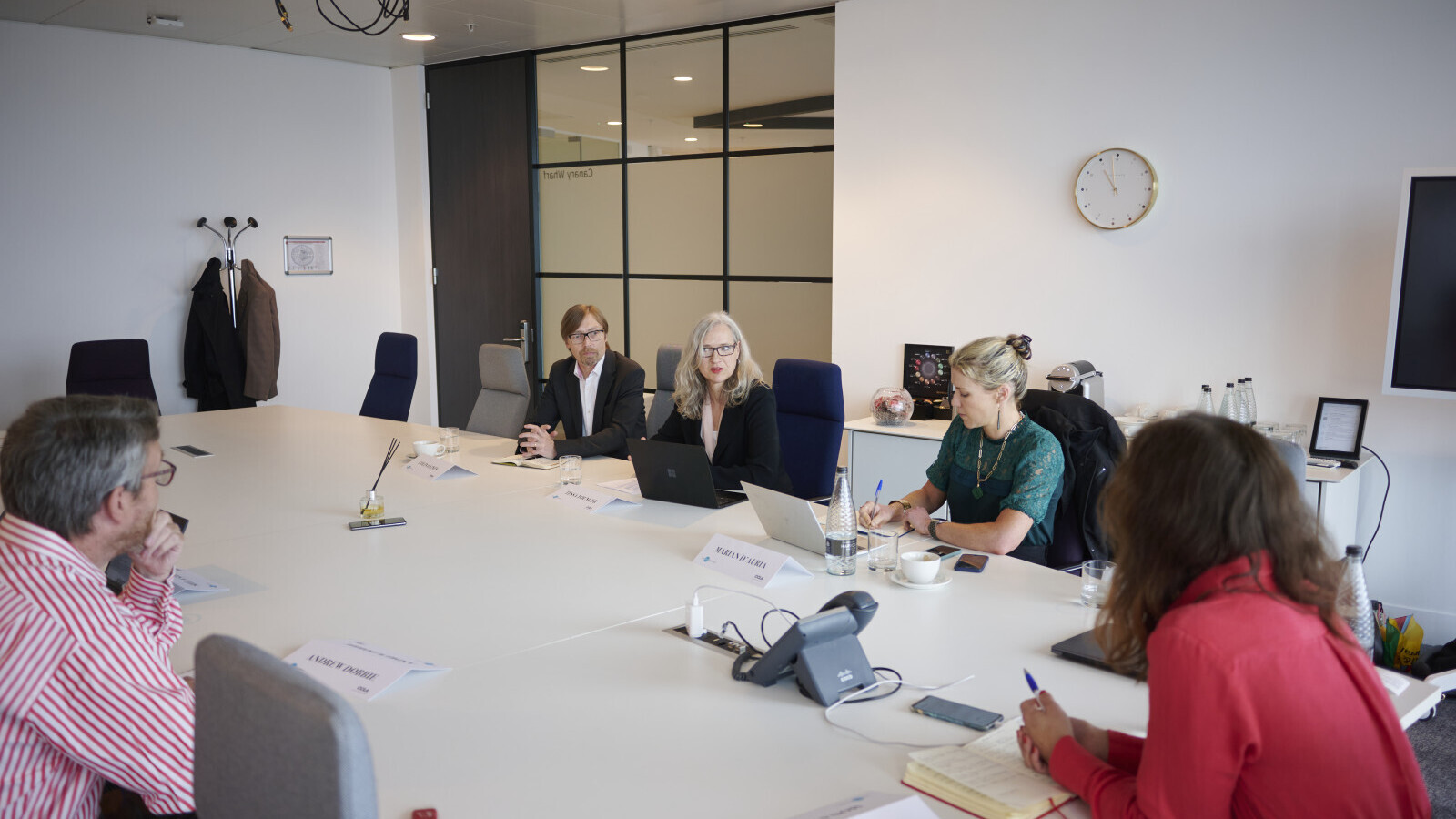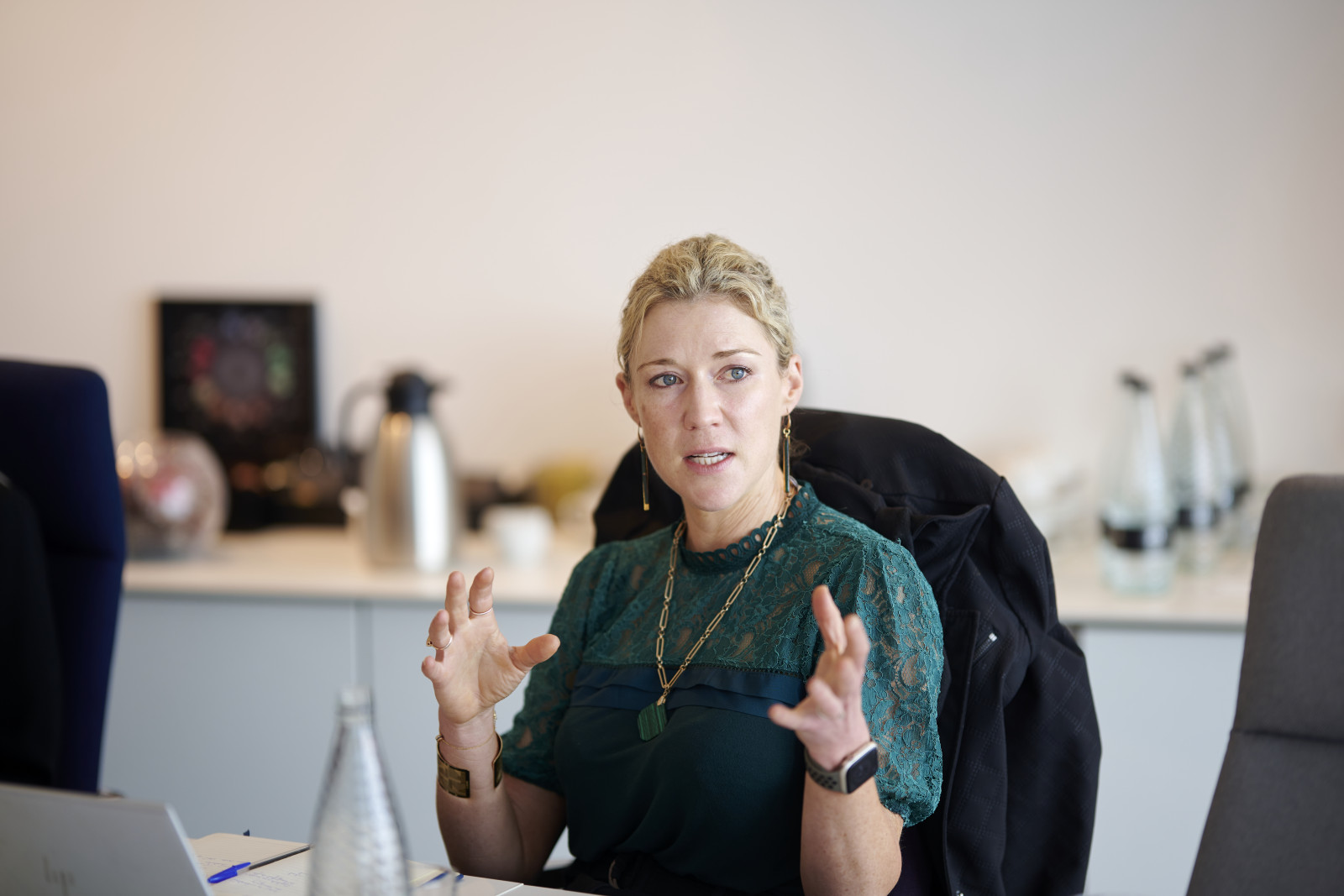
UK Stewardship stocktake: Engagement in emerging markets
UK investors exchange ideas and experience on stewardship in emerging markets
Decarbonising production processes in emerging markets is set to become a key challenge for institutional investors. How are UK investors engaging with firms in emerging markets?
Chinese CO2 emissions are now more than twice as high than as in the US. China now produces more than 10 million tonnes of CO2 per annum while the US emits around 5.6 million tonnes per year. At the same time, adjusting these data for trade, China remains a net exporter of CO2, it exports more CO2 embedded in goods than it imports.
Western investors may have historically focused their stewardship efforts at home, but with their portfolios reflecting increasing geographic diversification, they now face the challenge how to push for decarbonisation efforts in emerging markets. This hits home in the UK, where more than 70% of DB investors plan to increase their exposure to Chinese equities according to Mercer.
Meanwhile, annual reporting on TCFD alignment and stewardship efforts has now become mandatory for most British pension funds. But how does one square stewardship with investing in emerging markets?
This challenge was picked up at Net Zero Investor’s recent UK stewardship roundtable, where a group of institutional investors representing British pension schemes and an insurer exchanged experiences on stewardship in emerging markets.

Boots on the ground
For Tessa Younger, stewardship lead at the CCLA, boots on the ground are a vital aspect of engaging with companies in emerging markets. This might require bringing in native speakers with a better understanding of language and culture, she adds.
This process could become increasingly relevant for Border to Coast, which stands out among other LGPS Pools for offering an emerging market equity fund which is partially managed in-house. The fund has £1.2 in assets, about a third of which are invested in Chinese firms. It also has significant global exposure in global developed markets, with more than £12bn invested in global stocks.
Language barriers can be a key challenge when engaging with companies across the globe, explains Colin Baines, stewardship manager at Border to Coast. “I’ve just written to a Japanese paper company to start engaging with them on net zero and they have come back and requested a translator, so how is that going to affect how we will conduct the meeting, how it flows?” he wonders.
Marian D’Auria, global head of Risk and Sustainability at mining firm GFG Alliance and chair of the pensions committee at USS makes the case for investors visiting the companies they hold in their portfolios. “Being able to see a company and their operations is a big deal, you get an awful lot from being able to go and visit and speak not only to the investor relations person, but actual people on the ground doing the work and thinking about the technology that is needed."
“You get a much better sense if this [net zero] is really embedded in management’s plans or if it is just a shiny thing that you’ve been shown. It is more difficult, but you almost have to accept that there will be some element of travel, either by yourself or someone that you’re working with to engage properly” she emphasises.

“Being able to see a company and their operations is a big deal, you get an awful lot from being able to go and visit and speak not only to the investor relations person, but actual people on the ground.."
Being selective
For Sheila Stefani, head of Stewardship at LGPS Central, selecting the right emerging market manager is key. She argues that a significant reduction of carbon footprints can already be achieved by selecting a manager who is making efforts to reduce the CO2 footprint of their portfolio.
Another important factor is access, Stefani says. “Not every emerging market is easily accessible, that is also a consideration we need to take, and this is can not only me measured with mathematical methods either” Stefani says, highlighting that investors in different markets may emphasise different values.
Peer pressure
Peer pressure can be an effective form of exercising influence, argues Younger. “I really noticed in some of the engagement calls that if you can give examples of best practice, they really perk up. Nobody wants to take the first step” she argues.
This would not always have to be a company in their market, but case studies from similar companies might go a long way, argues Younger. If you are speaking to banks, you could give examples of good practice from banks in Western markets so that they can relate to peer companies, the traction that can have is amazing” she describes.
Younger also acknowledges that engagement in emerging markets may take time. “You can’t just go in there and say ‘we want this this and that’, it doesn’t work. You have to spend the first few meetings chatting to them and building cultural understanding, that is where the importance of working with local partners comes in.”

“I really noticed in some of the engagement calls that if you can give examples of best practice, they really perk up. Nobody wants to take the first step”
Accelerator
The transition to renewable energy could become a key accelerator of increasingly globalised supply chains, argues Marian D’Auria. Given the challenges of transporting renewable energy, production might initially be concentrated in areas with high quantities of sunlight and wind she predicts.
“When you think about the geopolitical shifts that are happening and companies restructuring their supply chains, if we’re all reliant on renewable energy, we are probably going to have primary production in areas like Australia and Eastern Europe, given that we can’t easily transport it yet. Where there are quantities of sunlight and wind and then transport it elsewhere.”
Transporting it to other areas which would consume the energy could become a key challenge predicts D’Auria: “We will see a far greater dispersion across geographies and the challenge will be to understand how these operations are working.”




